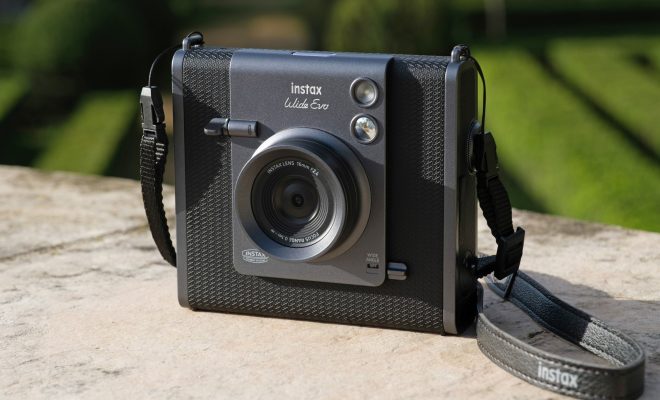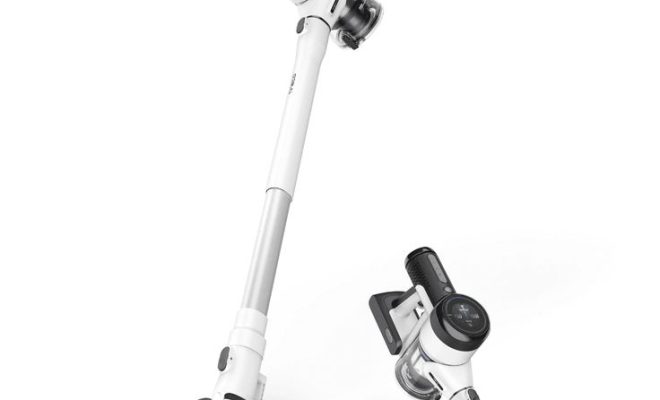Product Review: Fujifilm Instax Wide Evo Hybrid Instant Camera

Introduction
The instant camera market has seen a resurgence in recent years, with manufacturers blending retro charm and modern technology. Fujifilm, a long-standing player in this field, has once again pushed the boundaries with their latest offering: the Instax Wide Evo Hybrid Instant Camera. Announced on January 20, 2025, and released in February, this camera promises to deliver a unique experience that bridges the gap between digital and analog photography. Let’s dive into what makes the Wide Evo a standout in the crowded instant camera market.
Design and Build
The Instax Wide Evo boasts a sleek, retro-inspired design that pays homage to classic cameras while incorporating modern elements. Measuring 139 x 125 x 63 mm and weighing approximately 490g without film, it’s noticeably larger than its predecessor, the Instax Mini Evo. This increase in size accommodates the wider film format and additional features.
The camera’s body, available in a classic black and gray combination, feels solid and well-built. The standout feature is the film rewind dial-inspired print control, which adds a tactile, nostalgic element to the printing process. A 3.5-inch LCD monitor on the back allows for easy navigation of settings and image preview, while a small mirror on the front assists with framing selfies.
Features and Functionality
At the heart of the Wide Evo is its hybrid functionality. The camera combines a digital sensor with instant film printing capabilities, allowing users to preview and select images before committing them to film. This feature alone can save both film and money, addressing one of the main criticisms of traditional instant cameras.
The Wide Evo features a 16mm (equivalent) F2.4 lens, which Fujifilm claims is the widest lens on any Instax camera. A unique “Wide Angle mode” maximizes the lens’s capabilities, though the standard mode appears to use a narrower field of view. The 1/3-inch sensor can capture images up to 4608 x 3456 pixels (about 16 megapixels) when using wide-angle mode and a microSD card.
One of the most exciting aspects of the Wide Evo is its creative potential. The camera offers ten lens effects and ten film effects, with the ability to adjust the intensity of lens effects using a dial. New “Film Styles” allow users to add cinematic black bars, film strip effects, date and time stamps, and even emulate the look of wet plate photography.
Image Quality and Printing
The Wide Evo uses Instax Wide film, which produces prints twice as wide as the Mini format, with a 115% larger area. This larger format allows for more detail and impact in each shot. The ability to preview images before printing ensures that each piece of film is used intentionally, potentially improving the overall quality of physical outputs.
While we haven’t had the chance to extensively test print quality, Fujifilm’s track record with instant film suggests that we can expect vibrant colors and good contrast. The new “Brushed Metallics” Instax Wide film, released alongside the camera, promises to add an extra layer of visual interest to prints.
Connectivity and App Integration
In keeping with modern expectations, the Wide Evo offers robust connectivity options. A companion app for iOS and Android devices allows for remote shutter control, additional image enhancement options, and the ability to print photos from your smartphone’s camera roll. The app also features a “Discover Feed,” where users can explore images from other Wide Evo owners and apply their effects to their own photos, fostering a sense of community and creative inspiration.
Battery Life and Storage
Fujifilm claims the integrated lithium-ion battery can print up to 100 images per charge, which should be sufficient for most shooting sessions. The camera’s internal memory can store approximately 45 images, but the inclusion of a microSD card slot allows for expanded storage capacity.
Conclusion
The Fujifilm Instax Wide Evo Hybrid Instant Camera represents a significant evolution in the instant camera market. By combining the charm of instant photography with the convenience of digital technology, Fujifilm has created a versatile tool that should appeal to both nostalgic enthusiasts and modern content creators. The wider format, creative effects, and robust app integration make it a compelling option for those looking to explore instant photography in 2025.
While the price point of $349 (USD) may be steep compared to simpler instant cameras, the Wide Evo’s feature set and larger print format justify the investment for serious enthusiasts. As instant photography continues to carve out its niche in the digital age, the Instax Wide Evo stands as a testament to the format’s enduring appeal and potential for innovation.




